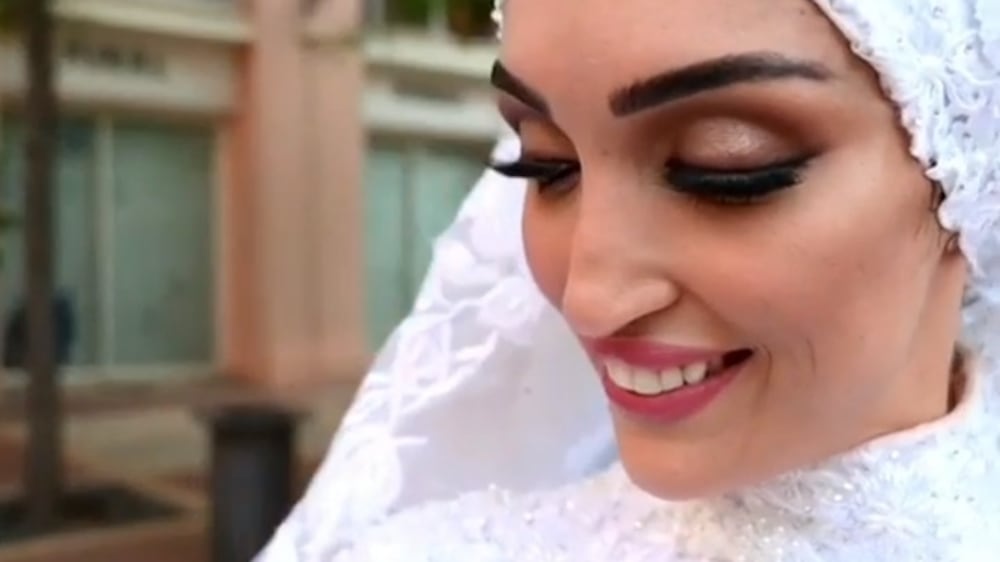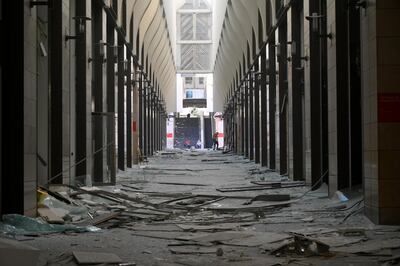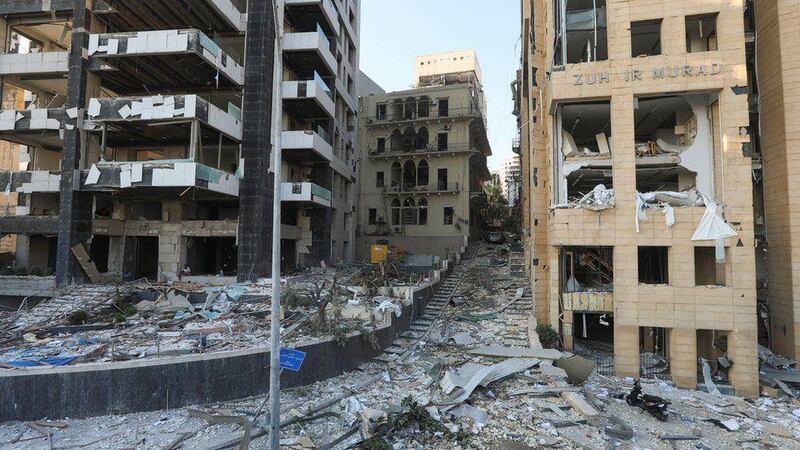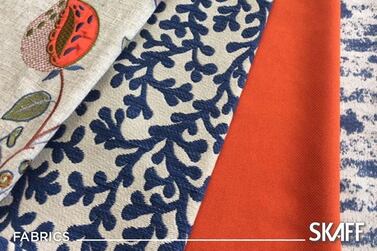The true scale of destruction from Beirut's August 4 explosion is hard to comprehend: whole districts have been severely damaged by the blast, scores killed and hundreds of thousands of people have lost homes and businesses.
This small, vibrant city is famous for its creative spirit, with designers' workshops and ateliers packed into the districts in and around Gemmayze, Mar Mikhael, Charles Helou Avenue and Saifi Village.
Designers and creatives have been drawn to these areas for their central location and plethora of old, light-filled buildings with gloriously high ceilings. Situated close to the sea and port, all were near the epicentre of the explosion.
Fashion designer and couturier Zuhair Murad's office and atelier on Charles Helou Avenue have both been left in ruins. Talking on social media, the designer wrote: "my heart is broken. Can't stop crying. The efforts of years went in a moment."
Purpose-built over several floors, the designer's headquarters faced the sea, and had little protection against the force of the explosion.
A few blocks behind, the buzzing areas of Mar Mikhael and Gemmayzeh have also been severely damaged, as documented by Rebuild Beirut, a social media site that has sprung up to help mobilise clean-up efforts.
Filled with bars, nightclubs, cafes, shops, boutiques and second-hand stores, the narrow streets are now a mass of rubble and destruction. They once unearthed tiny delights, such as Margarita’s, a sliver of a restaurant serving delicious pizzas straight from the oven, as well as second-hand stores piled high with old radio sets and bakelite telephones.
Meanwhile, on one of Gemmayzeh's main streets, Rue Gouraud, there was Aaliyas Books, which took "quite a beating" its owner has pronounced on social media.
"As much as I love the shop, it is only bricks, mortar and (now twisted) metal and (shattered) glass. Aaliya's true essence is none of those material things; it is you, who came to us as customers."
These narrow, winding streets, crammed with tiny shops, capture Beirut's passion for art, beauty and style.
Across the road from the Mohammad Al-Amin Mosque sits Saifi Village, formerly a bustling labyrinth of streets filled with countless independent young designers and boutiques, selling fashion, jewellery and accessories, alongside niche cafes and artisan metal workshops. It is also home to the important Starch Foundation, which acts as an incubator for emerging design talent.
The moment the blast swept through this area was caught on film by a videographer capturing Dr Israa Seblani's wedding day. The footage shows Seblani, in a gown and veil, posing for the camera, before she is knocked sideways by the force of the explosion.
Moment Lebanese bride posing for photos is blown over by blast

Across Martyr's Square in the upscale Beirut Souqs, the arched walkways are now filled with debris and glass, the shop windows all smashed by the force of the explosion. A historic part of the city, it was severely damaged during Lebanon's civil war, and completely rebuilt in the years since.
Home to high-end brands that have rubberstamped Beirut's position among the world's most fashionable cities, it is filled with rubble once again.

As this dynamic, beautiful and creative city lies in tatters, anyone lucky enough to have visited will already know that it will rebuild.
Although Lebanon is crippled by a collapsing economic system and lacks even the electricity needed to support the clean-up, Beirut and its people are resilient.
While it's hard to imagine right now, as a former resident I am confident that this dazzling gem on the Mediterranean will rise again.
And its creative scene will flourish once more because the minds behind the city's countless designs are both tenacious and passionate.






